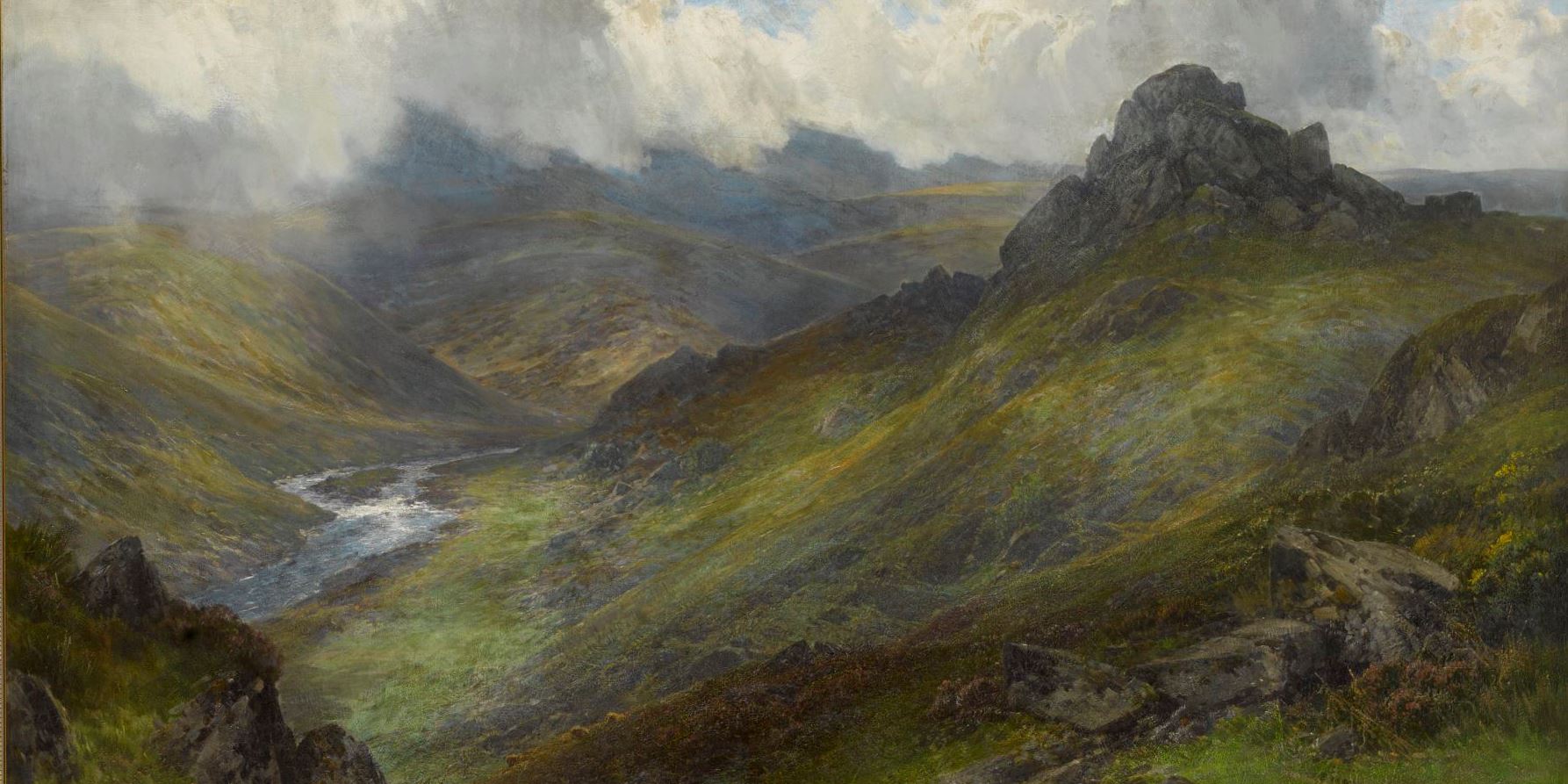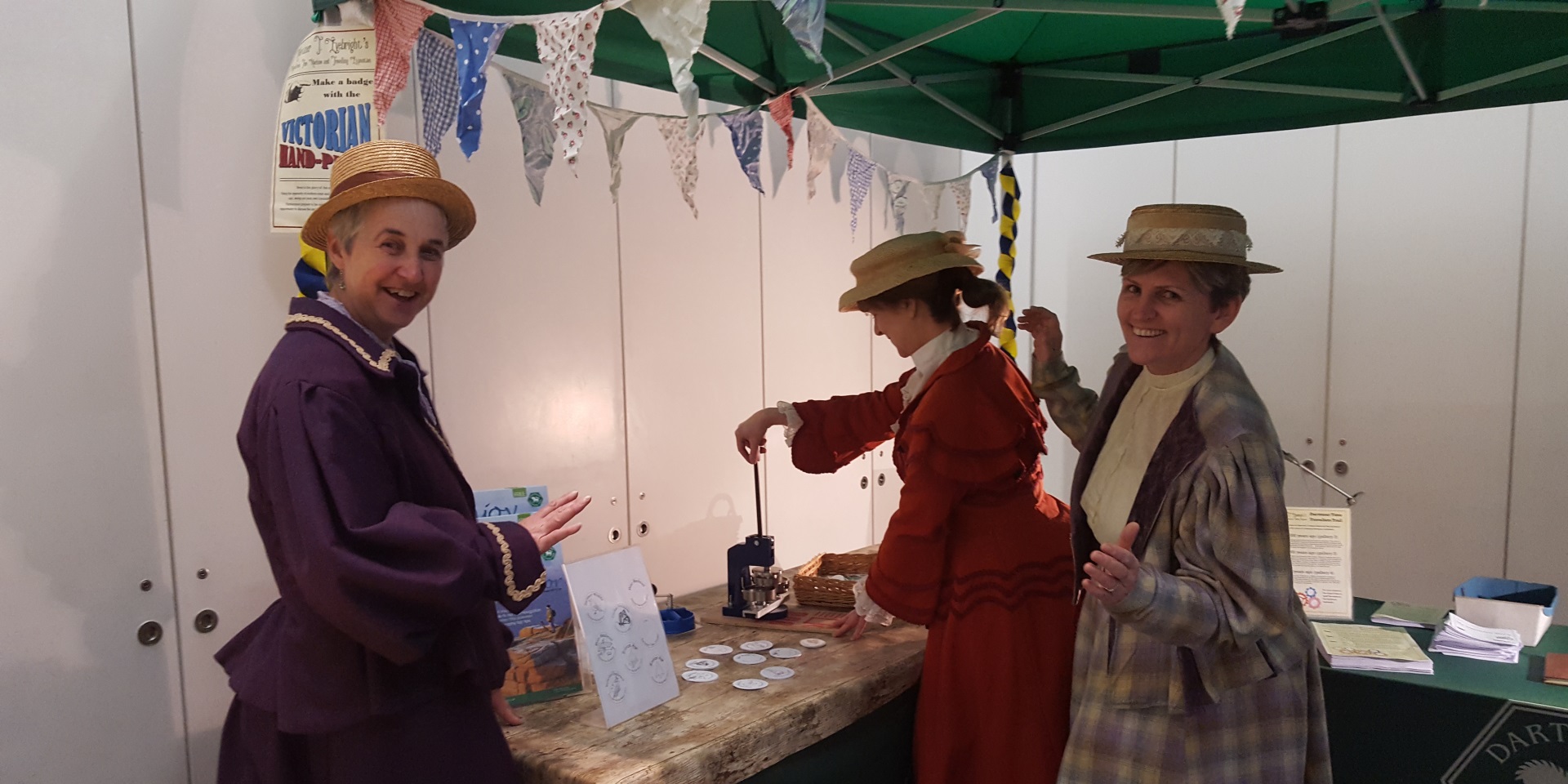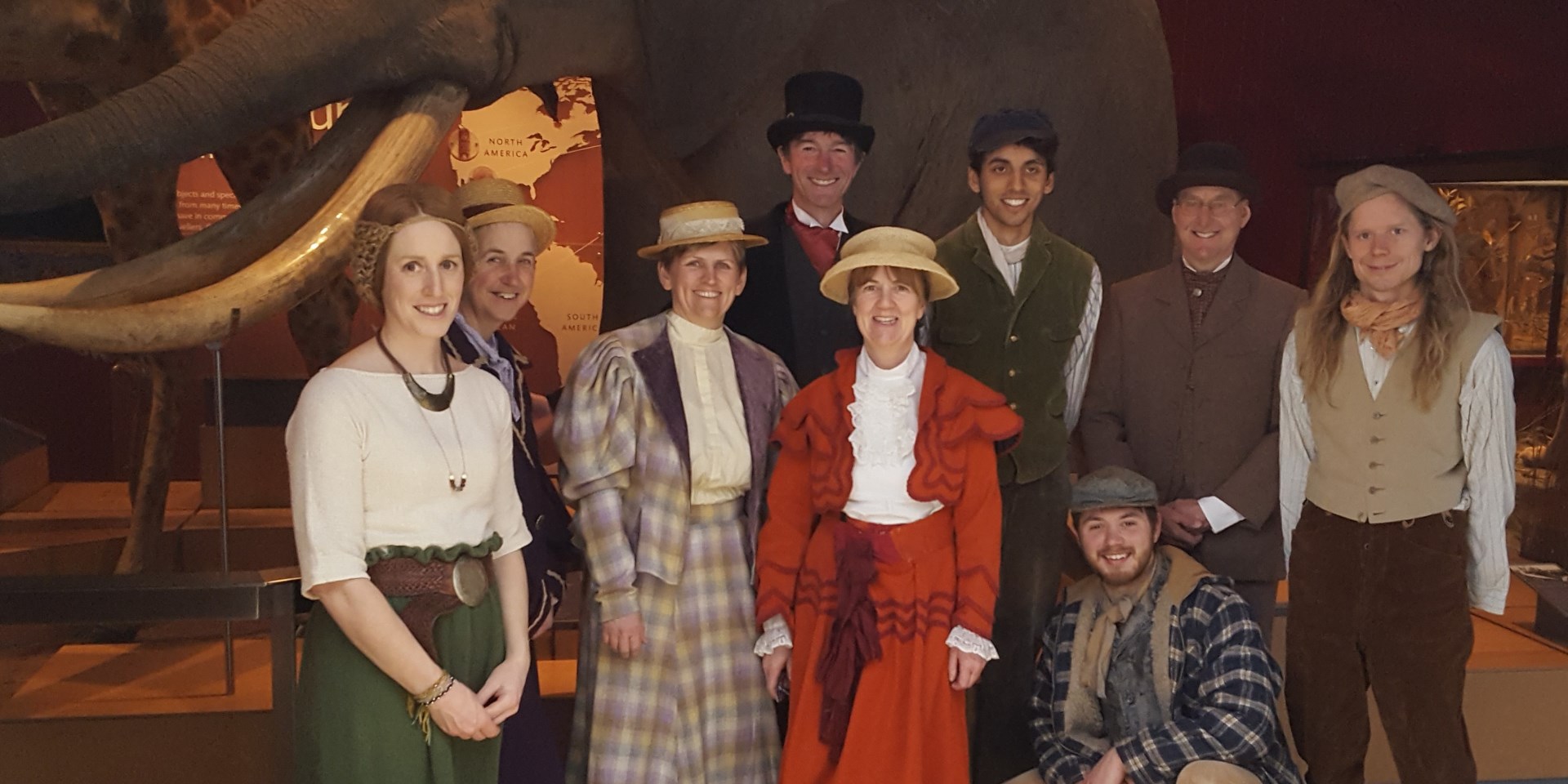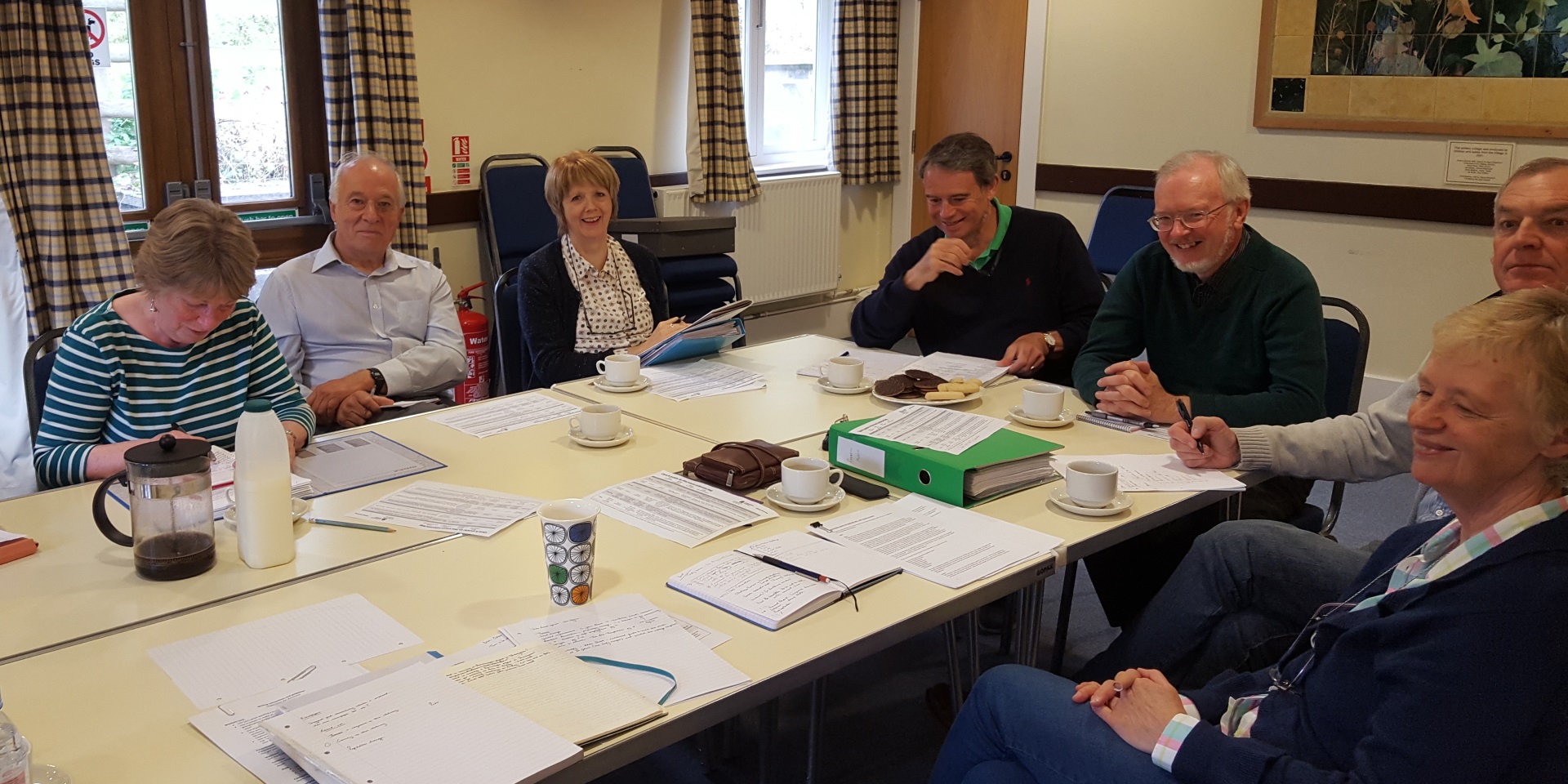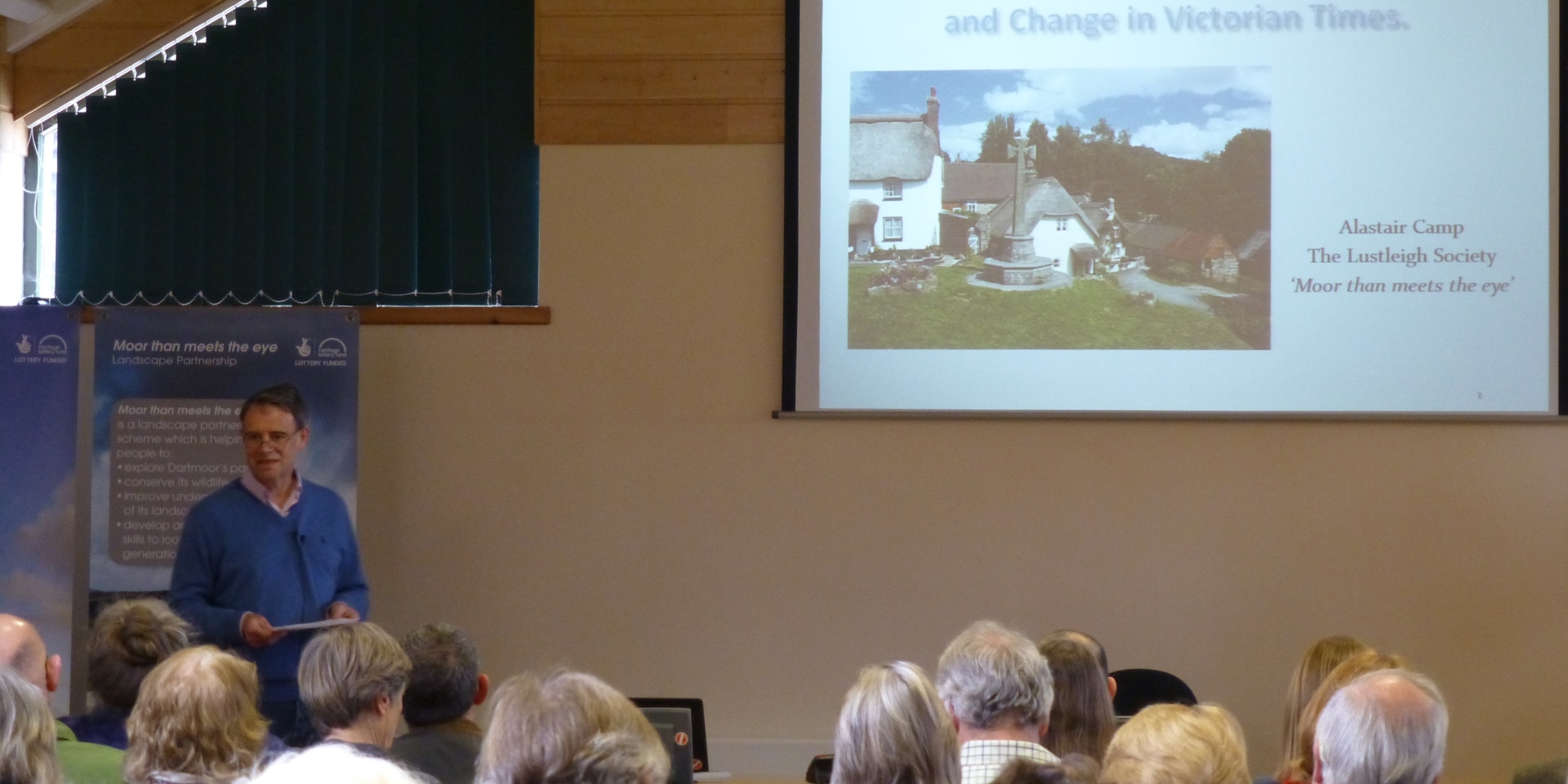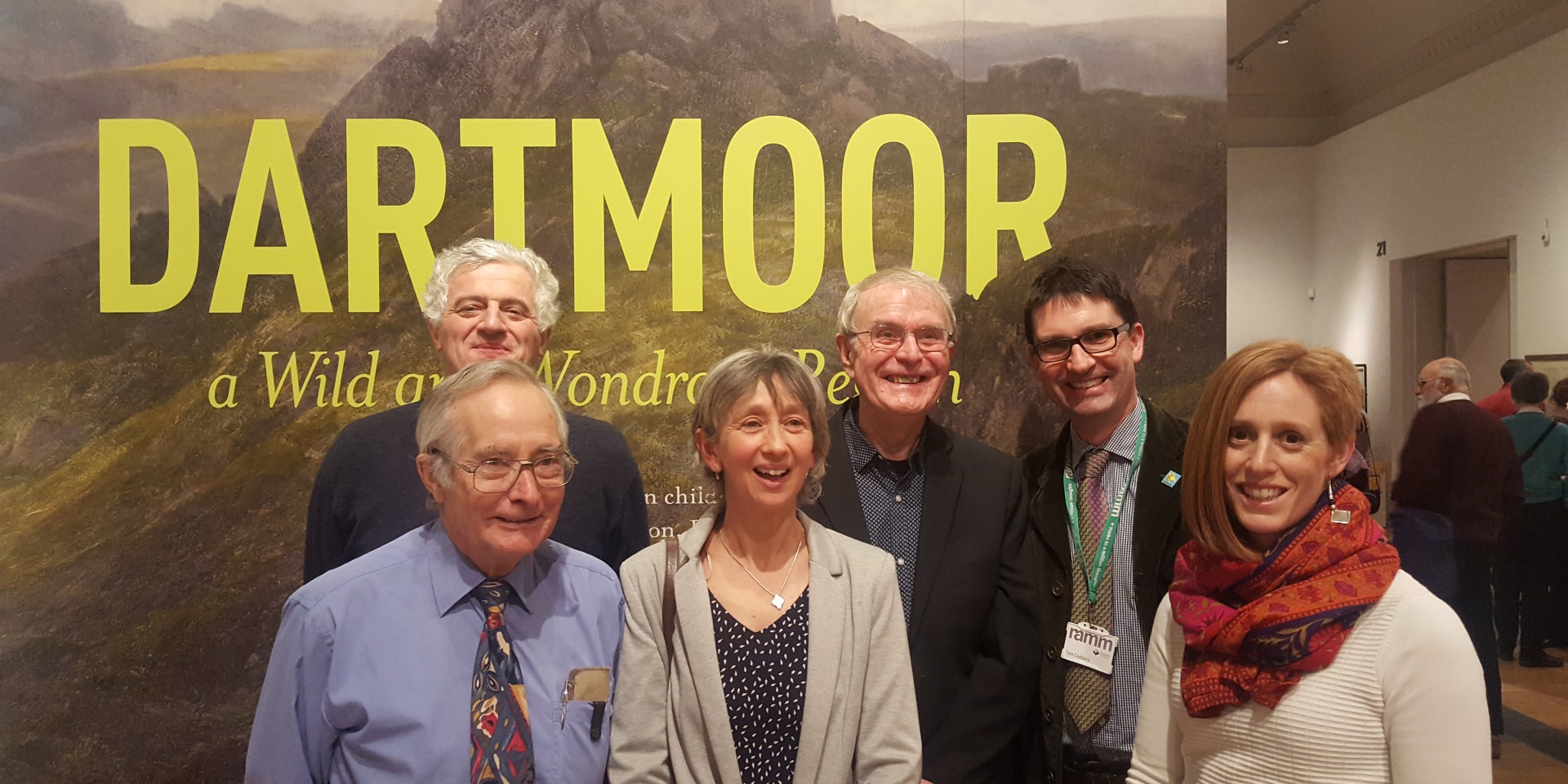In the footsteps of the Victorians
The pace of change on Dartmoor increased dramatically during the Victorian period. Artists, industrialists and wealthy landowners all played a part using science, technology and money to make big changes.
Steam trains opened up the moor to the east and west bringing mass tourism to the moor for the first time. A line ran up the Wray Valley as far as Moretonhampstead and another linked Plymouth to Princetown. These tourists came in search of the wild beauty they had seen in landscape paintings of the time.
At the same time business men looked for opportunities to make money by using the new technologies to reopen old mines and make poor farmland productive.
With so much history preserved in the landscape the Victorians also began to study it and learned men would undertake research and investigate many of the strange features of the moor. This led to the formation of the Dartmoor Exploration Committee which undertook many archaeological excavations. Much of what we know today is based on this early work.
Recently, local historians worked together to research the impact the Victorians have had on Dartmoor, as part of Moor than meets the eye Landscape Partnership Scheme. This work showcased the impact of artists on how we view Dartmoor, through the "Wild and Wondrous Exhibition" at Exeter RAMM. They have also published their research in a book called "In the footsteps of the Victorians".
Discover more of the Dartmoor Story
- Learn more about the In the footsteps of the Victorians project which has been running as part of Moor than meets the eye
- Walk along the Wray Valley Trail- the route of the old railway line from Bovey Tracey to Moretonhampstead
- Explore Haytor Quarry and the Granite tramway, opened in 1820, one of Dartmoor's Top Ten Archaeological Sites
Do you want more information?
- Read more about the Victorian heritage of Dartmoor and download fact sheets
- Explore the human timeline for Dartmoor
- Visit the Moor than meets the eye website to learn more about the exciting projects that are helping to protect and care for Dartmoors heritage.

